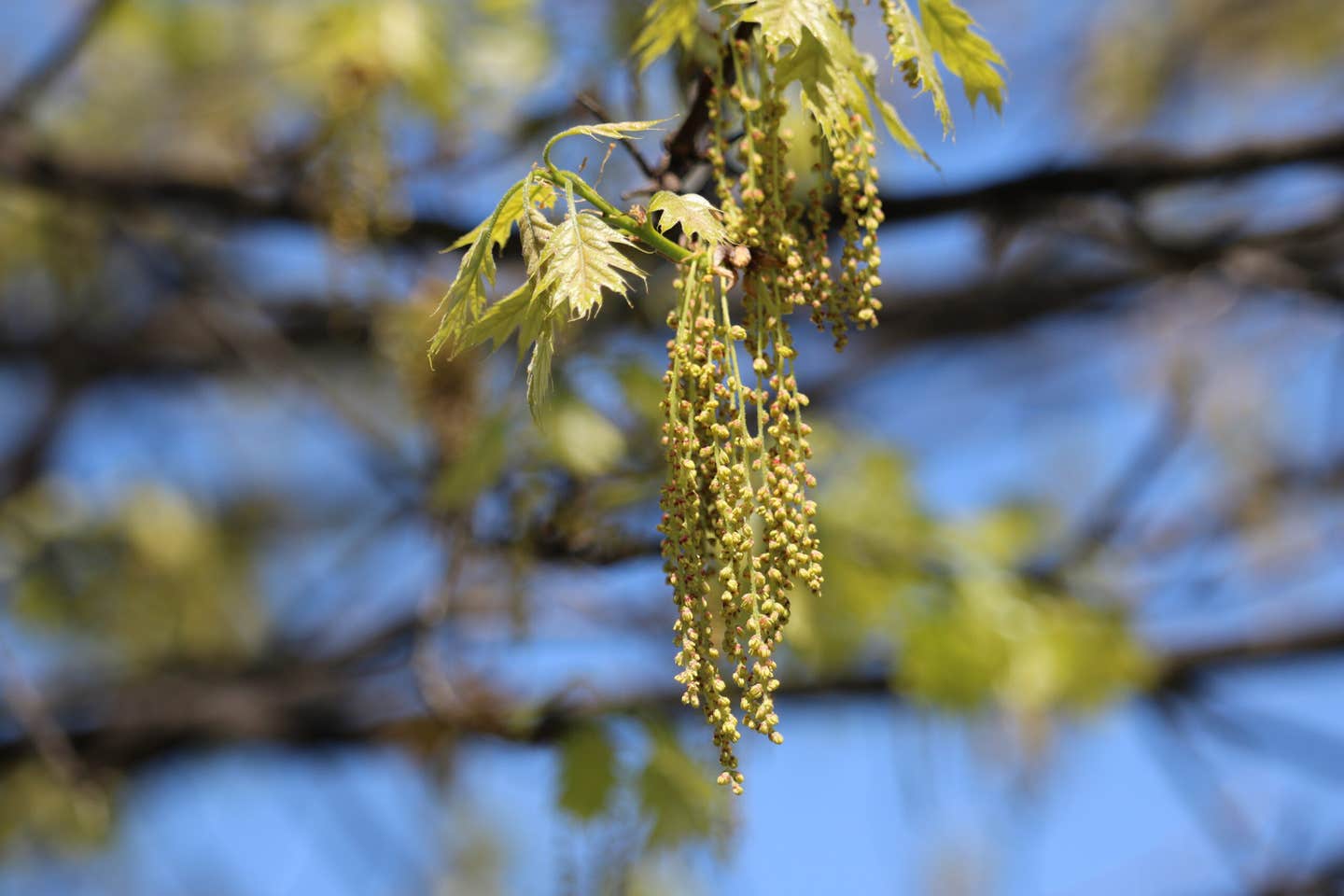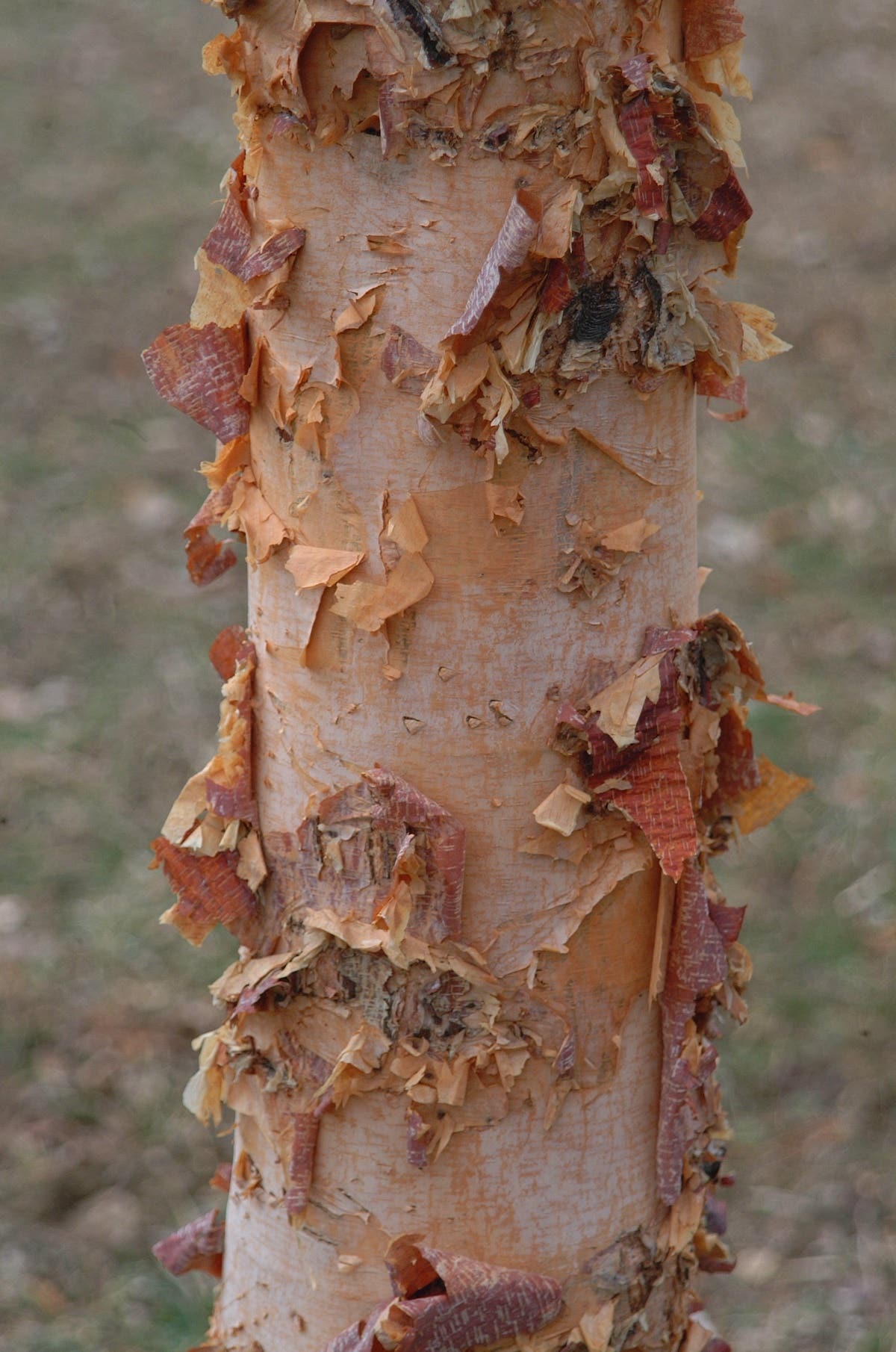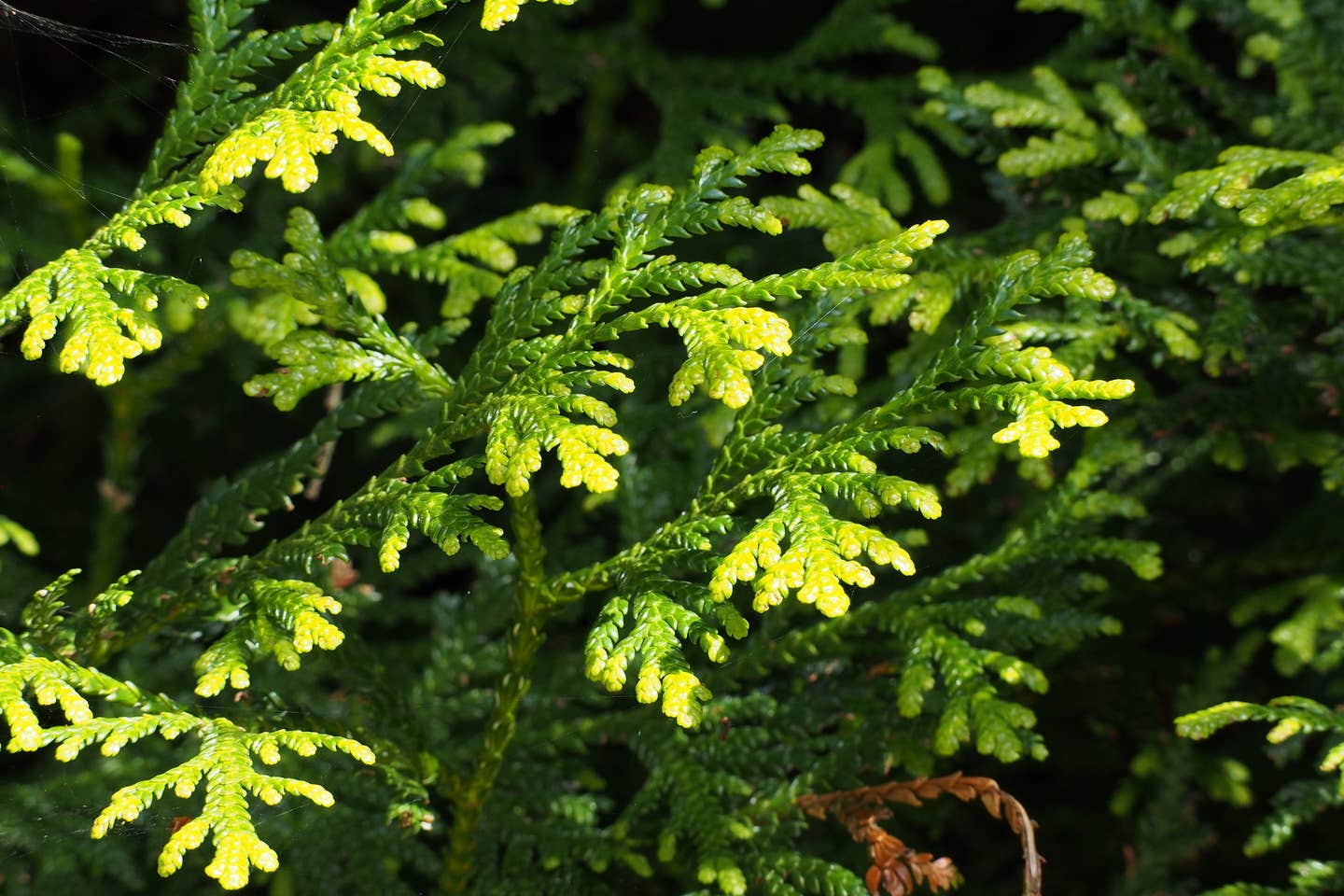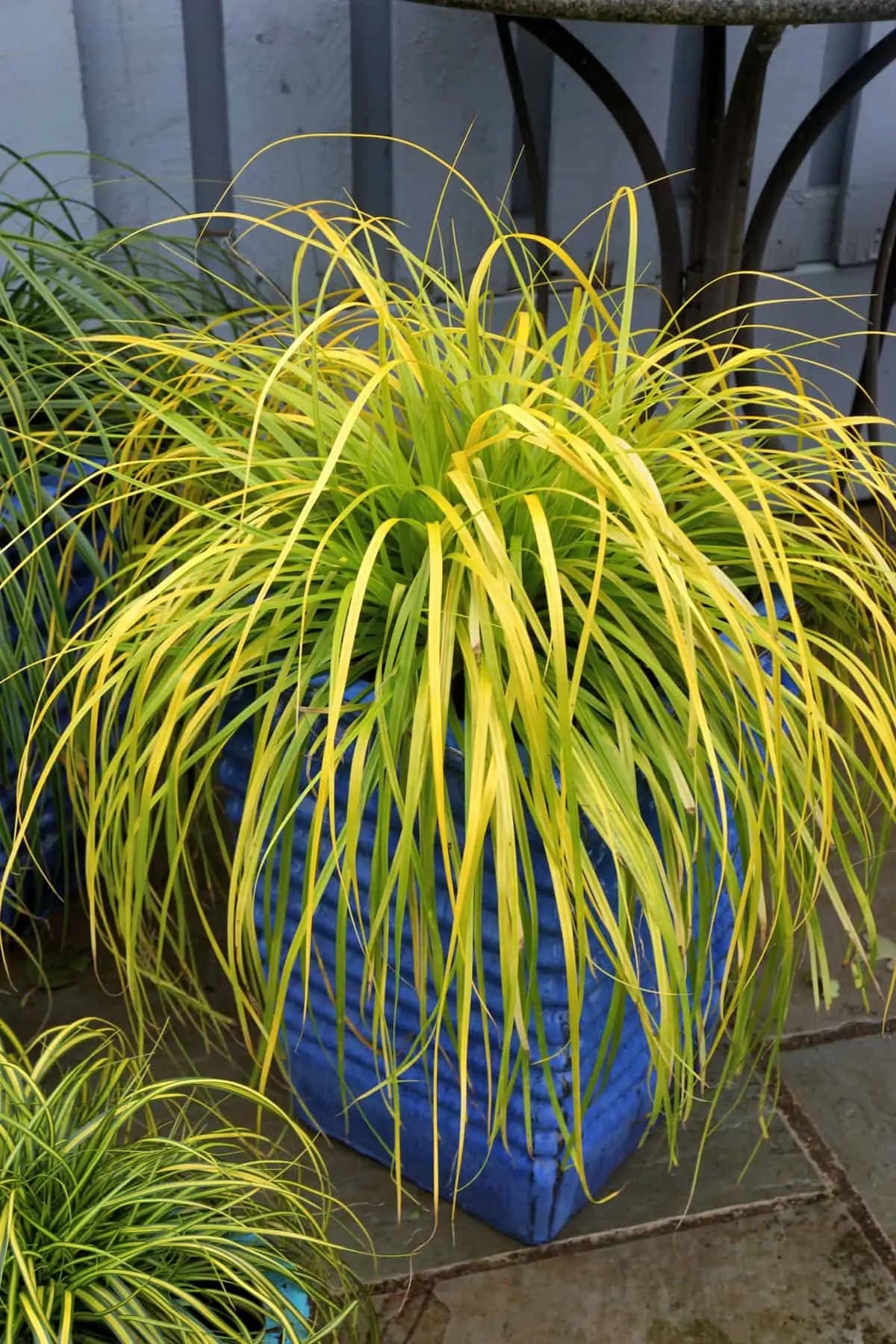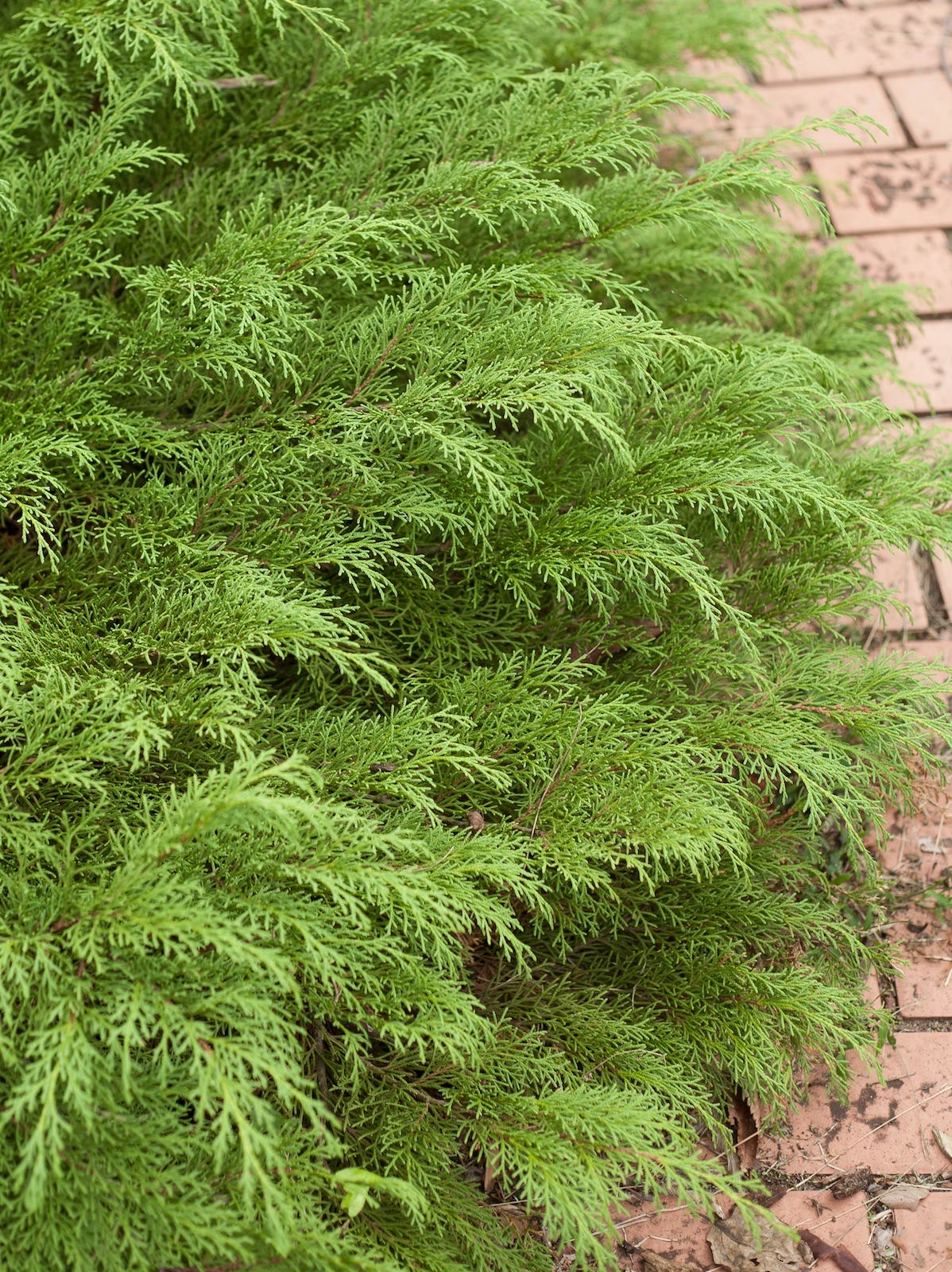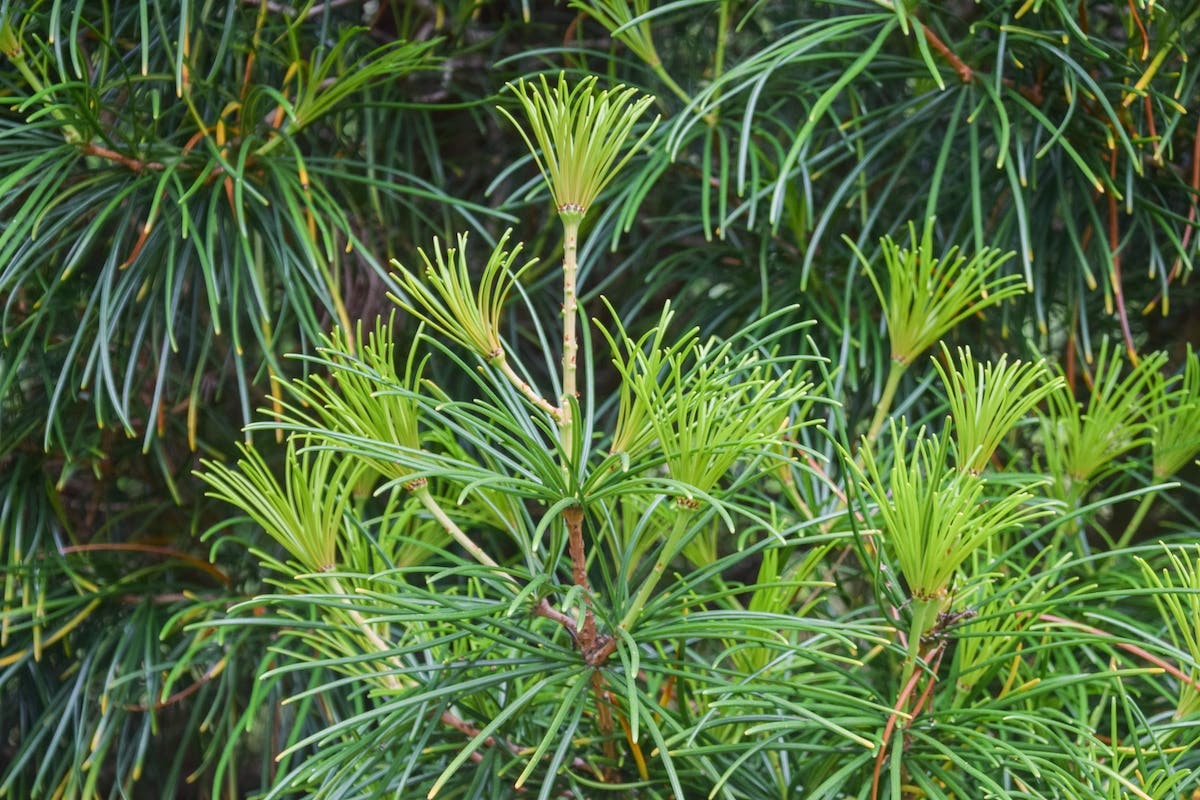Feijoa, or Pineapple Guava, Growing Tips
Landscape architect and edible-landscaping expert Brian Barth shares this advice for growing feijoa, or pineapple guava, a tropical-tasting fruit with few demands: I encountered my first feijoa (Acca sellowiana) at…
Landscape architect and edible-landscaping expert Brian Barth shares this advice for growing feijoa, or pineapple guava, a tropical-tasting fruit with few demands:
I encountered my first feijoa (Acca sellowiana) at a farmer’s market stall after moving to Santa Cruz, Calif. in the ’90s. Also known by the common name pineapple guava, feijoa is commonly grown in Mexico and Central America, but it has been planted extensively throughout the West Coast over the last hundred years, and more recently (on a limited scale) in the southern United States. Surviving temperatures down to about 10˚F and thriving on modest seasonal rainfall, feijoas could rightfully be called a Mediterranean species, at least in the horticultural and climatological sense of the word, even though they originate in the Americas.
Aesthetically, feijoas fit right in alongside figs and olives with their ruddy-textured oblong fruits, shaggy light-colored bark and deep green, matte leaves, which reveal a fuzzy gray underside when the wind blows. They can be grown wherever figs and olives are grown, but feijoas are also easily kept to shrub size and they may be brought indoors for winter, like potted citrus.
Feijoas are among the most popular hedge plants in the Golden State, where they are widely planted for ornamental purposes. After I shelled out $5 for a tiny basket of them at the farmer’s market, I realized they were rotting on the ground everywhere I went. I’ve harvested many bushels of feijoas from fast-food restaurant parking lots and municipal parks since then. Maturing in October and November, they are a refreshing blast of tropical flavor before winter sets in. Simply slice the fruit in half and scoop out the soft flesh with a spoon.
Growing Feijoa
Feijoas make a 6- to 8-foot privacy hedge with above-average good looks, though you have to grow them as a small tree to fully appreciate their beauty. Train them to a single stem from the seedling stage, and they develop into a flat-crowned savannah tree with a picturesque branching pattern—little to no additional training or pruning is required. Growing up to about 15 feet tall, feijoas make a stunning focal point in a patio garden. If you need to bring them indoors for winter, you can still grow them in tree form in a 20-gallon tub, keeping them pruned to 6 feet in height so they will fit through the door.
If feijoas’ fruit are an unexpected tropical surprise in fall, the flowers are the springtime counterpart. Opening in May each year, the thick white reflexed petals curve outward to reveal a cluster of crimson stamens and perfume the air with the scent of sweet chai tea—as if the species wasn’t lovely enough in leaf, form and fruit! Did I mention that the flowers are edible? Unlike most edible petals, which tend to range from bland to bitter, those of the feijoa have a subtle cinnamon flavor that lands silky and sweet on the palate. The flowers combine well with the pulp to flavor fruit salads or desserts.
The flowers of most feijoas are partially self-fertile at best, so it’s important to plant more than one, especially if you’re growing the unnamed seedlings typically sold as hedge plants. Named cultivars—‘Nazemetz’, ‘Coolidge’, ‘Nikita’ and ‘Mammoth’ are among the most popular varieties—offer larger fruit (up to four inches long, twice the size of most seedling fruit) with consistent flavor and quality; if you plan to grow just one, ‘Coolidge’ is the only reliably self-fertile variety.
Feijoas are virtually immune to pest and disease problems, other than suffering from powdery mildew if they lack a full day of sun or are planted in excessively moist conditions. They’re arguably one of the easiest to grow, but least known, of the fruiting shrubs. If you buy one or two cultivars and find yourself wishing for a whole hedge, try ground layering. Softwood cuttings will eventually root in a misting house with bottom heat, but it’s much easier to bend some of the lowest branches and stake them below ground until they form roots; then slice them off below the soil with a sharp spade and transplant them to a new location.
Fruit photo credit: igaguri_1 / iStock / Getty Images
Flower photo credit: cber969 / iStock / Getty Images


